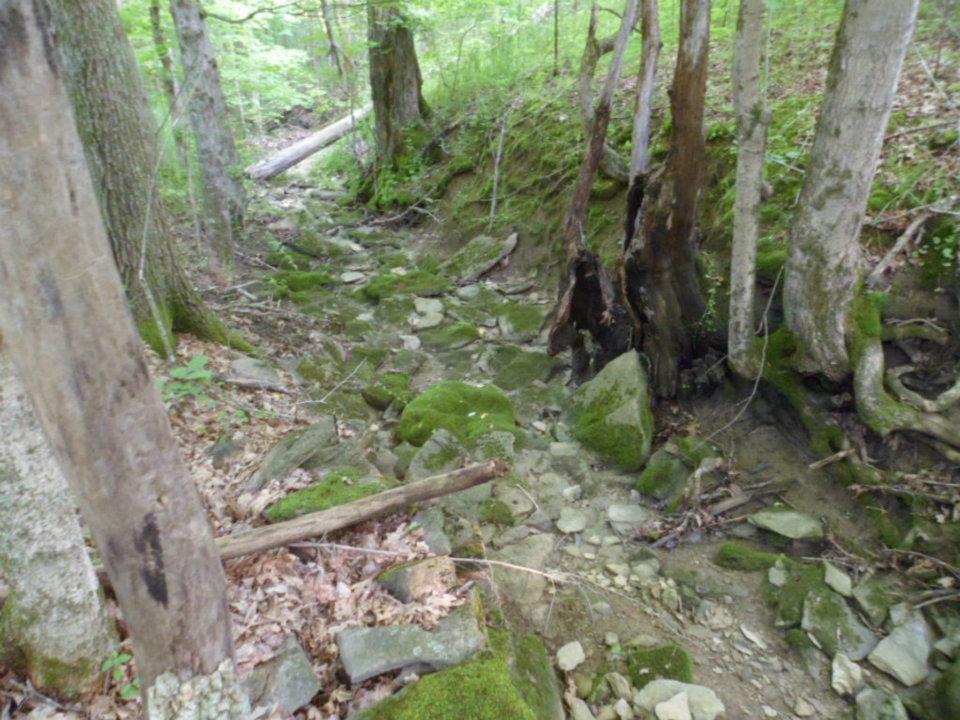Mosses are an often-overlooked segment of the plant world. As non-vascular plants, they hold a unique place in the plant kingdom and play essential roles in ecosystems. They enhance soil fertility, help in water retention, and provide habitats for numerous tiny creatures. In this article, we will delve into the intriguing world of mosses, their structure, how to identify them, and their growth cycle.
Understanding Mosses
Mosses belong to a group of plants known as bryophytes. They lack typical plant structures such as true roots, stems, and flowers. Here are the basic parts of a moss plant:
- Leaves: Mosses have simple, one-cell thick leaves that are usually arranged spirally around a stem-like structure.
- Stems: While not true stems, mosses have stem-like structures called axes that bear leaves.
- Rhizoids: Instead of true roots, mosses have root-like structures called rhizoids that help them anchor to their growing substrate.
- Sporophytes: Mosses reproduce via spores. The spore-producing structures, known as sporophytes, often have a stalk and a capsule, which may be covered by a protective cap called the calyptra.
Identifying Mosses
Identifying mosses can be a bit challenging, given their small size and often similar appearance. However, the following characteristics can help:
- Leaf Shape and Arrangement: The shape of the leaves and how they are arranged on the stem can help identify different moss species.
- Color: Mosses can range in color from green to golden, brown, or almost black, depending on the species and environmental conditions.
- Sporophyte Shape and Size: The presence, shape, size, and arrangement of sporophytes can also be a key identification feature.
- Habitat: The environment where the moss is found can provide important clues to its identity. Some mosses prefer damp, shady places, while others can survive in drier or more exposed locations.
Moss Growth Cycle
Mosses have a unique lifecycle known as alternation of generations, involving a gametophyte stage (the moss plant we usually see) and a sporophyte stage (the spore-bearing structure).
Unlike most plants, the dominant stage in mosses is the gametophyte stage. This is the leafy green plant we typically identify as “moss.” Mosses reproduce both sexually, with the sporophyte growing from the fertilized egg in the gametophyte, and asexually, through fragmentation or gemmae (small reproductive bodies).
Mosses, despite their small size and humble appearance, are a fascinating group of plants that play crucial roles in our planet’s ecosystems. By understanding their unique structure, learning how to identify them, and appreciating their complex life cycle, we can better understand the importance of these tiny green pioneers. So, next time you spot a patch of moss, take a moment to appreciate its beauty and its role in the grand scheme of nature.
